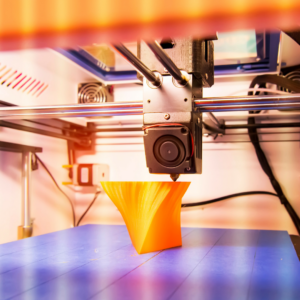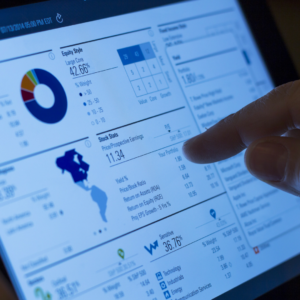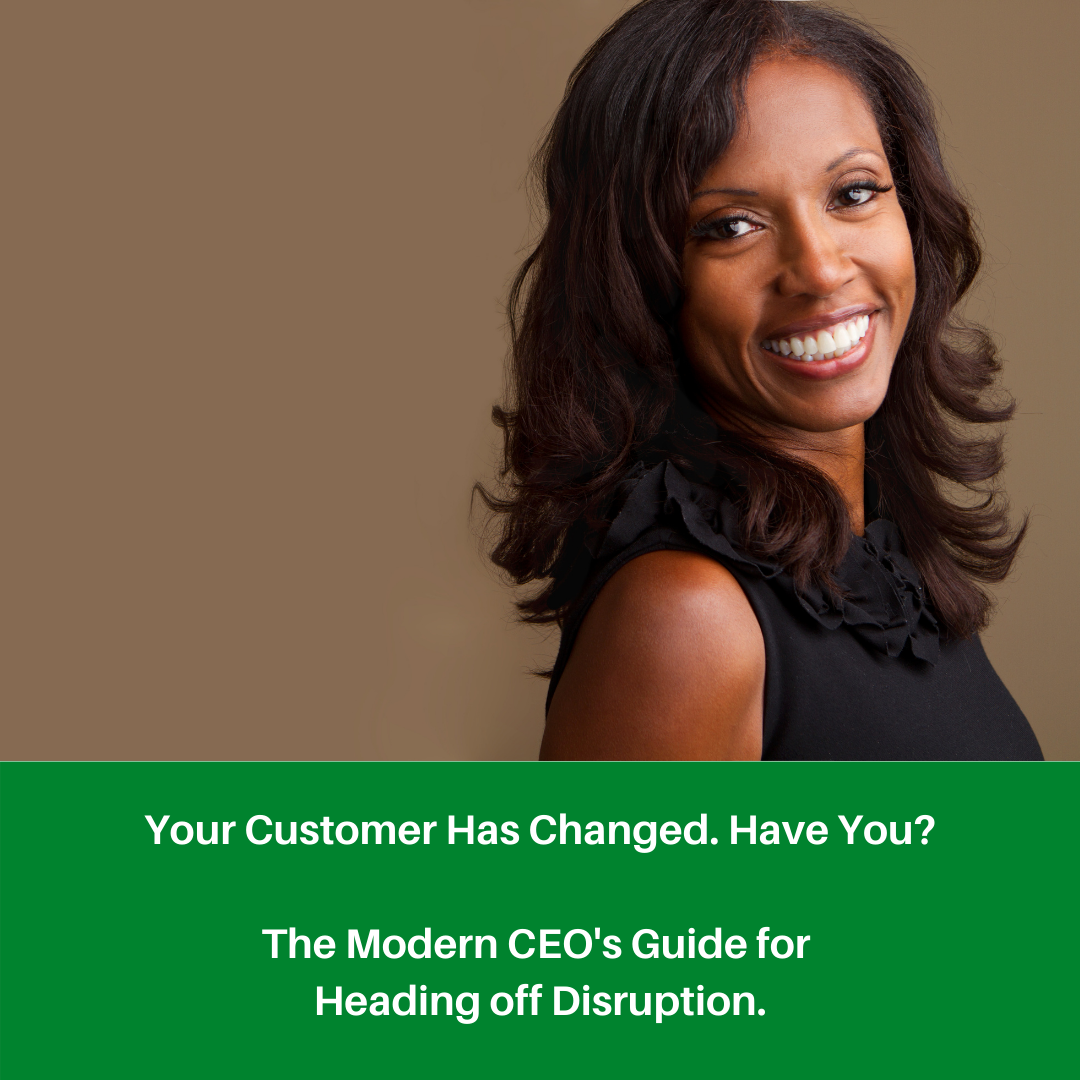What’s your favorite TV channel to watch when you’re looking for some downtime?
My favorite channel is Home and Garden TV (HGTV). The shows I love to watch are the ones where people are figuring out what type of home they want. At the beginning of the search, they’re focused on the style of house or neighborhood they want to live in. As they go through the process, the conversation shifts from the lifestyle they have to who they need to become. That’s why they’re often surprised by the home they select.
Companies today are going through a similar experience. By 2020, 63% of CEOs are likely to change their business models by 2020, according to Gartner. Question is what’s one of the reasons for CEOs to radically rethink their company’s business model?
Digitalization.
Digitalization is about turning products and process into a digital service that drives “revenue and value-producing opportunities,” according to Gartner.[1] Let’s take a look at UPS and Nordstrom to see how rethinking their business models are opening new opportunities for them.

3D Printing. Photo Credit: Canva.
UPS, a 111-year-old package delivery and logistics company, needed to quickly jump into the deep-end of the 3D printing market before competitors and customers could.[2] Manufacturers and companies use forwarding and logistics services to manage the transportation and storage of products around the world to meet on-demand requirements of their global supply chain.
Realizing their customers could become their competitors, UPS developed a partnership with 3D printer Fast Radius, built a 3D printing factory, and extended their partnership with SAP to provide new digital services to their forwarding and logistics customers. Today, small and medium businesses can take advantage of 3D printing services through UPS’ 5,000 plus 3D printing retail stores around the world. By wrapping 3D printing services around their logistics services, 3D printing has contributed to the 18% growth in UPS’ forwarding and logistics business.[3]
Nordstrom is rethinking what department stores look like in the future. With department store sales in the industry declining 3.9%, Nordstrom has seen a 1.7% increase in same-store sales in 2017.[4] Their early investments in IT and e-commerce as well as managing the number of stores they have compared to their competitors has helped them weather the turbulence in the industry. Now they’re working to lead the industry again in a new area.
Experiences.

Services. Photo Credit: Canva.
Learning from Millennials (born 1981-1996) and Gen Z (born 1997-Present), experiences, not inventory, is the new product. For their Nordstrom Local stores, it means being within walking distance of its customers and creating a different in-store experience. The experience can start online with an online stylist who can select and place orders for clothing items to be sent to the store for you to try on in one of their dressing rooms. Select the outfit and have a tailor fit it to your specifications.
If you’re the local bar, juice shop, manicurist, or dry cleaners that tailor clothes, you’ve got a 117-year-old national company that’s your new local competitor. If Nordstrom understands your local customers better than you do, it could potentially disrupt your business.
So, what do you do? Leverage Design Thinking, a design process to solve complex problems from the customer’s perspective.
Design Thinking is a process developed by designers to solve difficult issues from the customer’s perspective. How can you leverage it?
Develop a plan. What’s the challenge you’re looking to address, who are the people who need to be involved. If you’re Nordstrom, you may have developed a challenge to understand how the next generation of customers shops.
Empathize with customers through interviewing them. Go deep. Ask them what their day looks like. Let them talk. And, ask why more than once. This will help you figure out what they want and what could make their lives easier, an insight Nordstrom may have picked up from talking to the next generation of customers wanted to focus on experiences locally as opposed to the immediate need to walk out of the store with a clothing item.
Reframe the challenge. Based on the insights from the interviews, is the challenge the same or is it something different that you should be focused on? UPS may have framed the initial challenge with a focus on why would you use 3D printing in your business? They may have reframed the challenge to how would you deliver 3D printing services to customers?
Ideate. What are the multiple ideas you can come up with to solve the reframed challenge? The idea of putting all of the different services under one roof could have come from the individual ideas for the different services.
Prototype. Building a low-cost example of the idea can help customers understand the idea. For UPS, it may have been building an example of a retail store for 3D printing for small and medium businesses.
Test and Refine. This is a quick way to figure out what works and what doesn’t at a low cost. Then refine the prototype, based on feedback and test again. Nordstrom Local wasn’t the first prototype tested. Shoes of Prey was a partnership with an Australian company to showcase shoes that could be customized, ordered, and delivered to your home. Even though the store with the store concept ended, think about what Nordstrom learned that enabled them to develop the Nordstrom Local concept.
 UPS and Nordstrom embraced the digitalization trend, rethought their business models, and invested in developing new services. The alternative was losing revenue, ceding market share to competitors in a market where the pace and speed at which customers and companies are innovating makes recovery extremely difficult, if not impossible. Thinking about the future of your business and embracing digitalization, could be the key to the future of your business and new revenue streams.
UPS and Nordstrom embraced the digitalization trend, rethought their business models, and invested in developing new services. The alternative was losing revenue, ceding market share to competitors in a market where the pace and speed at which customers and companies are innovating makes recovery extremely difficult, if not impossible. Thinking about the future of your business and embracing digitalization, could be the key to the future of your business and new revenue streams.
[1]Gartner, “Digitalization,” IT Glossary.
[2]Reuters, “UPS Expands 3D Printing to Stay Ahead of a Threat,” Fortune, September 19, 2016.
[3]“2017 UPS Annual Report: Transforming UPS… for Today and Tomorrow,” UPS, 2017.
[4]Bowman, Jeremy, “Why Nordstrom is Bucking the Trend in Department Stores?”, The Motley Fool, August 20, 2017.
Photo Credits: Canva.



You must be logged in to post a comment.